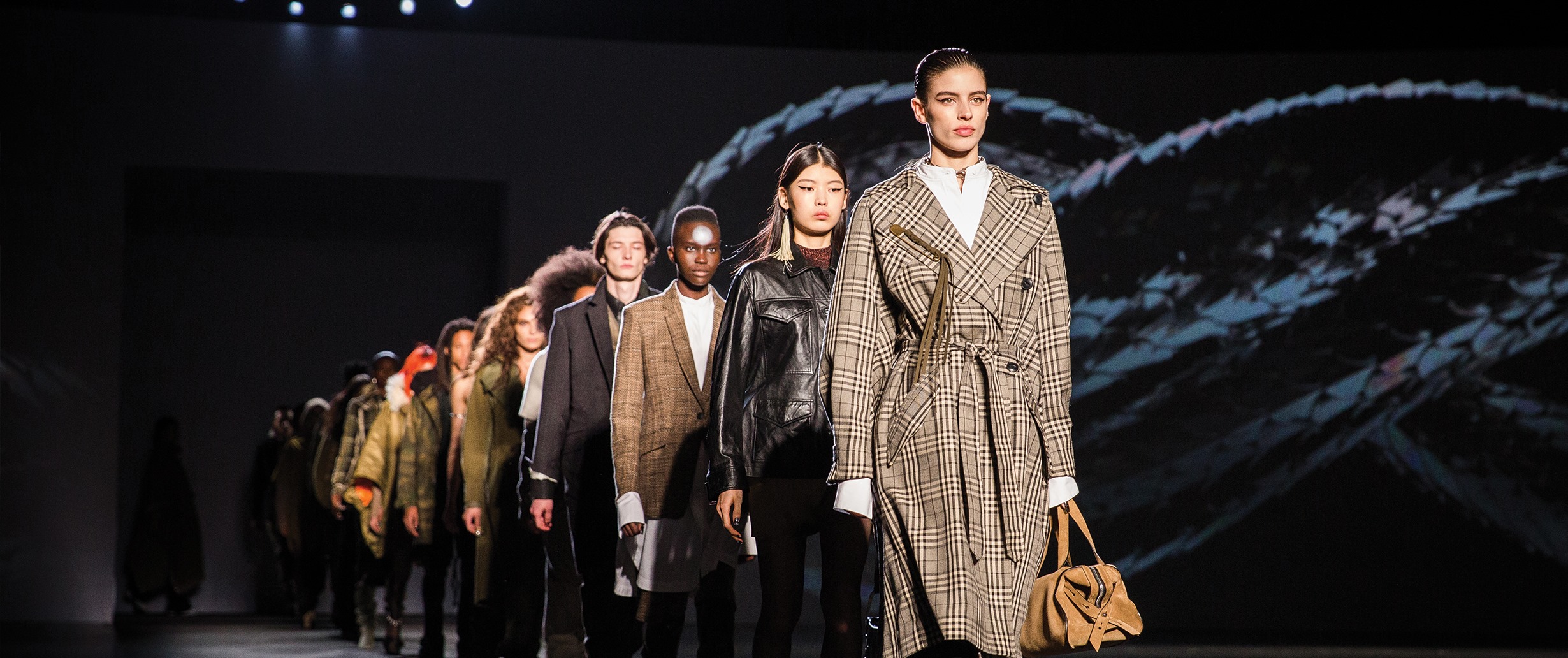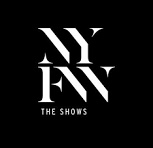Contents
SUMMARY
New York Fashion Week (NYFW) is one of the “Big Four” global fashion events, held twice a year in February and September in New York City. It brings together designers, models, buyers, media, and celebrities to showcase the latest fashion trends and collections. The event plays a significant role in shaping the global fashion industry, influencing seasonal styles, and giving a platform to both established and emerging designers. Alongside runway shows, NYFW also includes presentations, digital showcases, and industry networking opportunities.
HISTORY
New York Fashion Week traces its origins to 1943, during the Second World War, when fashion publicist Eleanor Lambert organised the “Press Week” in New York. At the time, American journalists could not travel to Paris to cover French fashion, so Lambert created an event to highlight American designers. This became the foundation for what is now recognised as NYFW.
The event quickly gained traction, offering designers such as Claire McCardell and Norman Norell opportunities to present their work on a global stage. It provided the American fashion industry with a distinct identity, separate from the influence of Parisian couture.
In 1993, the Council of Fashion Designers of America (CFDA) formally consolidated various shows into a single schedule under the official title “New York Fashion Week”. This move helped organise the event more efficiently and created a stronger international presence. The Bryant Park tents became a hallmark of NYFW from the 1990s through 2010, where designers such as Ralph Lauren, Donna Karan, and Calvin Klein staged some of their most iconic shows.
This era also marked collaborations with luxury brands and sponsors, which expanded the commercial visibility of the event. In 2010, NYFW moved to Lincoln Center before relocating again in 2015 to Spring Studios, reflecting its evolving identity and the need for modern spaces. Throughout these shifts, the week maintained its reputation for glamour, creativity, and innovation.
NYFW has been the launchpad for groundbreaking collections such as Marc Jacobs’ grunge-inspired 1993 show, Alexander Wang’s urban-streetwear influence, and Tom Ford’s high-profile returns. Collaborations with brands like Nike, Puma, and H&M have also bridged high fashion and streetwear, attracting younger audiences.
In the digital age, NYFW embraced live streaming, social media engagement, and partnerships with global streaming platforms, making fashion more accessible to international audiences. The event remains a central pillar of the fashion calendar, continuing to evolve with acquisitions, sponsorships, and partnerships that reinforce its global reach.

VISION
Eleanor Lambert’s vision for NYFW was rooted in giving American designers an equal platform alongside European couturiers. She believed that American creativity could stand independently and be celebrated globally. She envisioned an event that would unite press, buyers, and designers in a centralised forum, thereby shaping industry narratives and ensuring that American talent received international recognition. Over time, this vision has extended beyond fashion alone to include culture, media, and digital innovation, aligning the event with the changing dynamics of global fashion and consumer behaviour.
MISSION STATEMENT
The mission of New York Fashion Week is to showcase creativity, diversity, and innovation in fashion design. It seeks to provide a stage where designers can present their seasonal collections to a worldwide audience. Another part of its mission is to act as a bridge between designers and the commercial fashion industry, connecting creative vision with buyers, retailers, and the media.
NYFW also aims to champion inclusivity by giving emerging designers opportunities alongside established names, ensuring that fashion continues to evolve with fresh voices and perspectives.
EXECUTIVE BOARD
- Steven Kolb – Chief Executive Officer, Council of Fashion Designers of America (CFDA)
- Anna Wintour – Global Editorial Director, Vogue (influential advisor and supporter)
- Diane von Fürstenberg – Designer and Former President, CFDA (emeritus figure)
- Tom Ford – Designer and Former Chairman, CFDA (strategic leadership role until 2022)
PRODUCTS AND SERVICES
New York Fashion Week’s primary product is its seasonal runway shows, where designers present their Autumn/Winter and Spring/Summer collections. These shows set global fashion trends and influence retail markets. In addition to runway presentations, NYFW offers fashion exhibitions, exclusive brand activations, panel discussions, and industry networking opportunities. It also provides a platform for sponsors and luxury brands to showcase products in collaboration with designers. NYFW has become a hub for launching iconic collections, such as Marc Jacobs’ grunge line in the 1990s, Ralph Lauren’s Polo collections, and emerging designers’ debut lines. These products and experiences reinforce NYFW’s position as a cultural and commercial force.
AWARDS AND RECOGNITION
New York Fashion Week itself has been recognised as one of the most influential fashion events globally, standing alongside Paris, London, and Milan Fashion Weeks.
It has received accolades for pioneering digital fashion shows, especially during the COVID-19 pandemic, when many designers relied on NYFW’s digital-first approach to showcase their work.
Designers who present at NYFW often go on to receive industry awards such as the CFDA Fashion Awards, reinforcing the week’s reputation as a launchpad for success in the fashion world.
REFERENCES
- Fashion Journalism. Routledge.
- The Fundamentals of Fashion Management. A&C Black.
- “History of New York Fashion Week – New York Fashion Week”.
- “CFDA + Fashion Calendar”.
- “The CFDA Purchases The Fashion Calendar With The Promise To Streamline Fashion Week”. fashionweekdaily.com.
- “NYFW Memo from the CFDA”. cfda.com.
- “History”. cfda.com.
- “A brief history of the fashion show”. Slate.com.
- “The People’s Designer – Stan Herman”. Loews Magazine.
- “How Stan Herman, Father of Fashion Week, Changed the U.S. Fashion Industry”. Fashionista.
- New York Fashion Week: The Designers, the Models, the Fashions of the Bryant Park Era. Running Press.
- “Pitching a Few New Tents of Her Own”. The New York Times.
- “Designers Turn New York Into a Fashion Big Top”. The New York Times.
- “The Glamorous Past, Troubled Present, and Uncertain Future of NYFW”. racked.com.
- “Drag Queens Are the New VIPs of Fashion Week”. The CUT
- “Front Row: Designers council sells sponsorship of New York Fashion Week to IMG, the sports management and marketing company”. The New York Times.
- “Mercedes-Benz Fashion Week”. mbfashionweek.com.
- “Mercedes Threatens to Bail on New York Fashion Week”. hollywoodreporter.com.
- “It’s Official: New York Fashion Week Is Leaving Lincoln Center”. The Hollywood Reporter.
- “A New Home for New York Fashion Week”. The New York Times.


